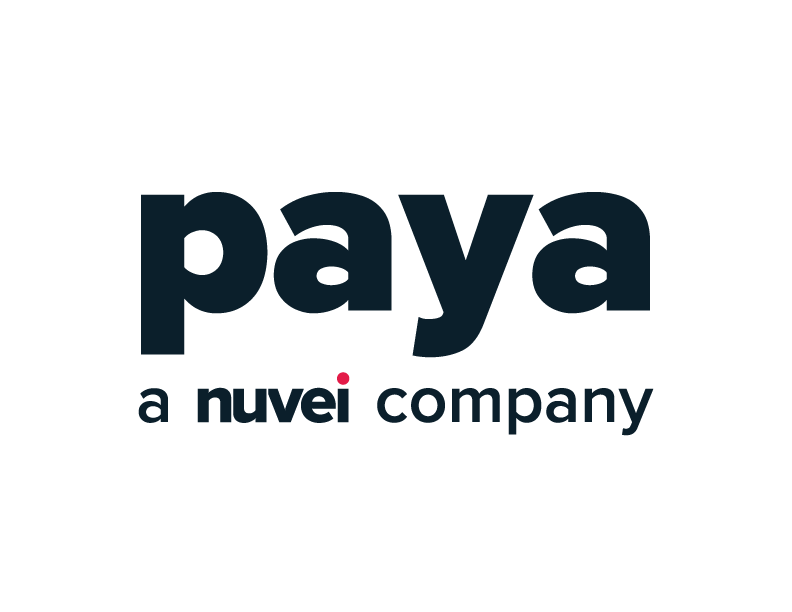Switching or choosing a new integrated payments provider is challenging and time consuming. Whether you’re choosing a partner for the first time, or are dreading the process of switching providers, if you’re putting in the effort, it’s got to pay off. Use these six criteria to make an informed choice that ensures your implementation is a success, and your new payments partner can support your growth and profitability goals.

1) Service Model: Deciding between full service or self-service? Don’t. Get the best of both.
In today’s market, partnerships fall into two primary categories: traditional full-service providers and “human-less”, self-service APIs. Both options have their own advantages, as well as drawbacks. But instead of taking the bad with the good, look for a provider that offers the benefits of each model without the shortcomings.
Look for a partner that delivers sophisticated APIs to facilitate instant onboarding and white label payments, a modern tech stack to meet specialty vertical needs and comprehensive support and customized strategy to fully monetize payments solutions for your software business.
2) Partnership structure: Choose a flexible structure that allows you to customize your payments program.
The ability to choose and customize the structure of your payments program to support business objectives is imperative. For example, you may consider a referral relationship, choose to work as a reseller or ISO (independent sales organization), or pursue a traditional or managed payfac model.
Regardless of which structure is the best fit for your business now or in the future, the ability to choose and customize is the key here. Be wary of partners that lock you into one model or those where friction makes it painful to transition between models as your program grows.
3) Domain expertise for informed integration support.
Does the provider understand your industry, and your software clients’ needs? Do they have domain experts who deeply understand the payment solutions required for your specific vertical? Your ideal provider must have all these things to deliver effective solutions engineering, which can make or break your payments integration.
For example, software companies who support franchise models need flexible funding solutions to facilitate royalty payments, while field services providers who support membership models require tokenization and card account updater for card-on-file functions.
Before the first line of code is written, your ideal provider should be getting hands-on, collaborating closely with you to understand your processes and pain points, payment features and functions, identifying any gaps and ensuring that platform and system capabilities and needs are fully aligned.
4) Marketing resources and expertise that support commercialization.
Actual integration is just one step in your payments program implementation. Getting to market and quickly monetizing your solution is the real end game. Look for an integrated payments partner that is invested in your long-term success and delivers highly customizable marketing programs that drive customer adoption rates and reduce your team’s sales burden.
These types of programs can vary widely and may include co-marketing campaigns designed to penetrate your existing back-book or market development funds to drive new software client acquisition efforts.
5) Merchant Pricing Flexibility
It’s essential to offer both competitive and customized pricing to address the varying needs of your target market and client base in order to drive adoption and maximize profitability.
Software providers will benefit from a provider who can support a variety of popular pricing methodologies, such as flat rate, tiered, interchange plus, and pass-through, as well as pricing templates. Options for both custom and standard pricing that can be applied to defined segments within your portfolio are ideal.
6) Live Customer Support
Automated service or ‘self-service’ customer support is standard for many payments providers. But, self-service often feels like ‘no-service’. Software providers are put in a very challenging position with this service model when clients require a human touch to address complex payments issues. No software provider should have to become a payments expert or get mired in level one payments support to keep their customers happy and loyal.
When vetting payments partners, always ask if phone support from live agents is available on top of self-service portals and case ticketing.
Choose the best integrated payments partner that’s right for your business.
By evaluating integrated payments partners on these six key criteria, you’ll be better prepared to make an informed choice for your software business. The team at Paya approaches every prospective partnership by not only embracing these questions, but by asking a lot of questions of our own. Why? Because the more we know about your business needs, the better we can support your goals. We believe that the best partnerships come from putting in the work up front to make sure your business is ideally positioned to achieve your long-term payments goals. Let’s talk about how you define success and tailor a payments program to address today’s needs and tomorrow’s opportunities.
